Improper and unscientific land management, irrigation and fertilizer use can all lead to heavy metal accumulation in durian products.
The management of heavy metal residues and pesticides on durian products plays an important role in the sustainable value chain of the industry. This can be well controlled through the strict implementation of the following key farming solutions:
Regarding soil management: Heavy metals are often available in soil depending on the parent rock that forms the soil and changes during the weathering process as well as cultivation, especially the issue of fertilization, irrigation and use of plant protection chemicals. When the content of heavy metals, especially Cd, Pb remaining in the soil is high, it will lead to plants absorbing a lot of these substances, so it is easy to cause residues in plants and products exceeding the allowable threshold, causing harm to the health of consumers.
In terms of plant physiology, durian is a plant that can absorb more Cd than other plants, so the risk of accumulating this content in the product is very high.
Therefore, controlling the Cd content in durian soil is an issue that needs attention to ensure that the soil is not a risk factor for increasing the possibility of Cd accumulation in durian products. In addition, for very acidic soil (pHKCl from 3 - 4), the ability to dissolve heavy metals is very good, so durian trees easily absorb more Cd, leading to a higher accumulation of this substance in the product.
Gardeners, cooperatives, and businesses need to take soil samples to test for heavy metal elements, especially Cd and Pb, along with soil acidity to have effective management solutions right from the start. The State should create a map of the distribution of heavy metal content such as Cd, Pb, Zn (zinc), Cu (copper), As (arsenic), pH... for durian growing areas in Vietnam to serve as a database for managing heavy metal residues, especially Cd, this is a fundamental step to support the effective durian production industry.
For durian growing soils with total Cd content in the cultivated layer (0 - 30cm) exceeding 1.5mg/kg of soil or total Pb content in the topsoil exceeding 70mg/kg of soil, durian should not be grown and crop rotation must be carried out to improve the soil for a period of time.
For acidic soils, it is necessary to apply lime or other fertilizers to improve soil acidity to limit the dissolution of heavy metals, thereby helping durian trees absorb heavy metals in a controlled manner, limiting the risk of these substances remaining in the product.
For acidic soils (low pH) that increase the solubility/mobility of heavy metals in the soil, annual liming of the soil with an amount of 800 - 1,000 kg/ha or zeolite will effectively reduce the release of Cd and heavy metals in the soil, thereby reducing the absorption level of durian trees. In addition, adding mineral materials such as basalt powder or alkaline clay minerals can both increase the absorption capacity of the soil and improve soil pH, thereby increasing the ability to fix Cd in the soil quite well.
Provide an abundant amount of clean organic matter to the soil by returning plant residues (cyclic farming), prioritizing traditional manure, and burying straw to increase the fixation of heavy metals and toxic chemicals in the soil, thereby limiting the absorption of these substances by durian trees.
Regarding fertilizer use: Adequate and balanced fertilization between macro, medium and micro elements is an issue that needs special attention for durian cultivation. The current use of high amounts of inorganic fertilizers is also a potential cause of durian trees absorbing high amounts of Cd, which can lead to residues in the product. Cd is often present in phosphorus ores, so phosphate fertilizers such as fused phosphate, superphosphate, and DAP will contain this element.
Using too much phosphate fertilizer for durian (usually 6 - 10kg/tree during the fruiting stage as at present) will rapidly increase the Cd content in the soil, increasing the tree's ability to absorb this element, leading to the risk of residue in the product.
NPK fertilizers also contain a certain amount of Cd due to the use of phosphate fertilizer sources for production, so it is necessary to consider using a reasonable amount to ensure the growth, productivity and quality of durian trees.
Industrial organic fertilizers such as chicken and pig manure are processed from raw materials collected from large-scale livestock farms. Industrial chicken manure contains various heavy metals, especially the highest Cd content compared to other types of fertilizers. Therefore, gardeners need to pay attention to using a reasonable amount of imported industrially processed organic fertilizers such as expanded manure, compressed pellets, etc. (chicken manure type), and should not be overused to avoid accumulating high Cd content in the soil. It is best to prioritize the use of traditional organic fertilizers combined with industrially processed organic fertilizers.
Garbage and sludge from ponds and lakes, especially those processed in industrial zones, often contain relatively high levels of Pb and Cd. Therefore, these types of fertilizers should be limited or not used to fertilize durian.
To help gardeners use fertilizer for durian trees to limit the risk of heavy metal residue, especially Cd, the government should have regulations to announce and monitor the content of heavy metals such as Cd and Pb in fertilizers supplied on the market.
Regarding the use of pesticides: The current uncontrolled use of pesticides on durian trees can lead to Cd residues in durian products. Current reality shows that due to the high income from growing durian, farmers do not hesitate to invest in plant protection by regularly spraying pesticides and pests on the garden weekly with highly toxic chemicals that pollute the environment and public health. This practice has a high risk of leading to the residue of toxic chemicals and heavy metals in the soil and in the product, causing food insecurity and changing the soil environment in a direction that is unfavorable for agricultural production.
Using pesticides according to the "4 rights" principle based on the perspective of integrated pest management (IPM) for durian trees is a scientific solution that contributes to managing the residual harmful chemicals in durian products today.
Regarding water for irrigation of durian: Most water sources for irrigation of durian meet the prescribed standards. However, in durian growing areas near industrial zones, wastewater sources, etc., gardeners should take water samples to test for heavy metal elements (Cd, Pb) to have information to serve the cultivation of durian to meet food safety criteria. Absolutely do not use polluted water to irrigate durian trees.
Yellow O: Yellow O has the chemical name Diarylmethane, is a substance used to create color in industry, is banned from use in animal husbandry, cannot be used to produce, process agricultural products, or as a food additive.
State management agencies need to do a good job of communicating so that farmers understand and do not use this chemical to dye the durian shell and flesh yellow. The problem of durian product quality can be solved by following the correct farming regime (land management, use of fertilizers and plant protection chemicals).
Huong Hoai (According to nongnghiep.vn)
Source: http://baovinhphuc.com.vn/Multimedia/Images/Id/128262/San-xuat-sau-rieng-dap-ung-yeu-cau-xuat-khau


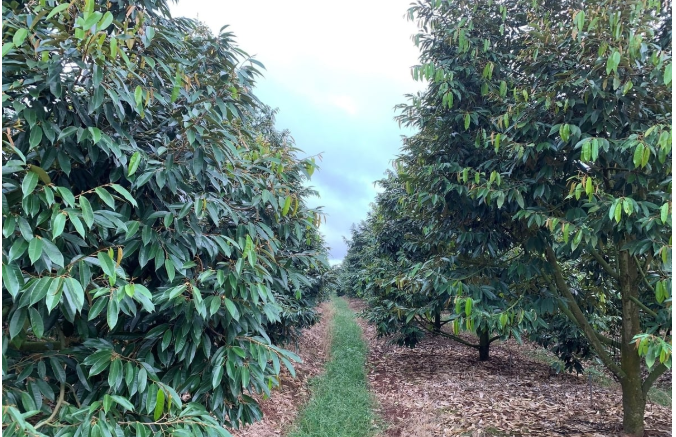

![[Photo] T&T 1 and Ho Chi Minh City 1 People's Police Teams won the men's and women's team championships](https://vphoto.vietnam.vn/thumb/1200x675/vietnam/resource/IMAGE/2025/5/22/39db06ae67cb4001b7a556e8d9a56d07)





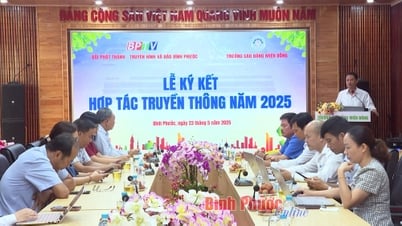

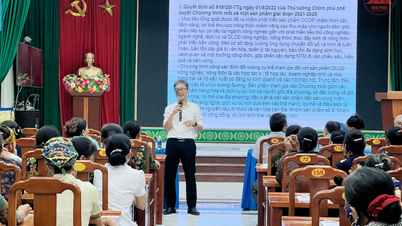
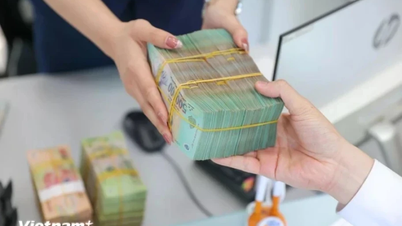

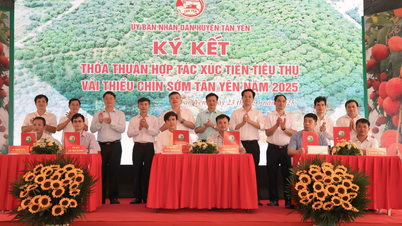








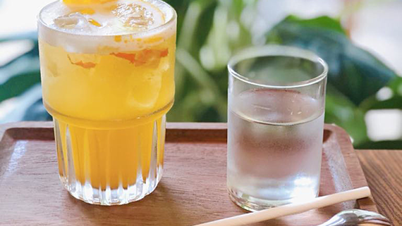

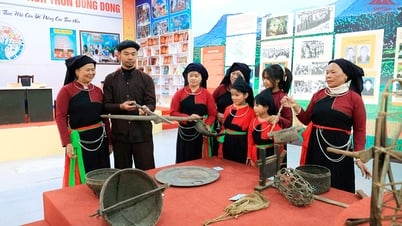
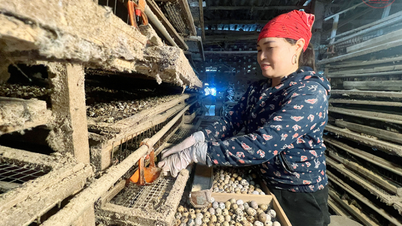
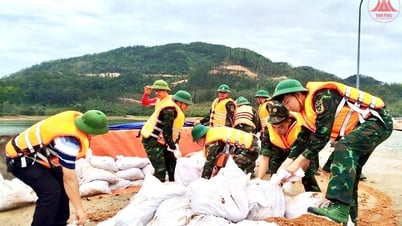




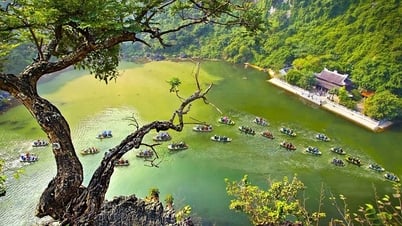







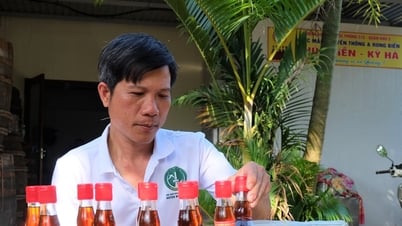

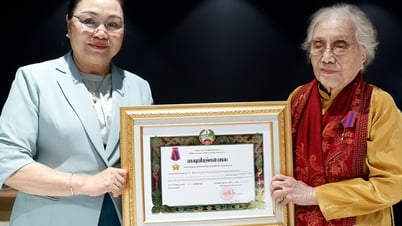

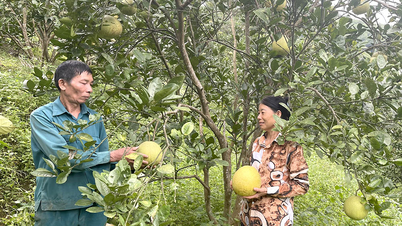












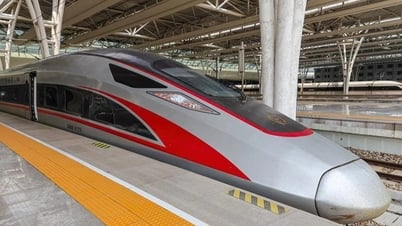






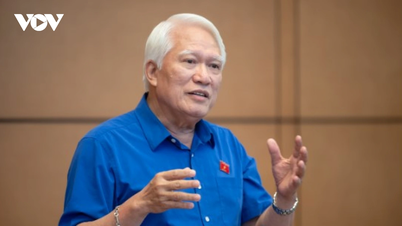


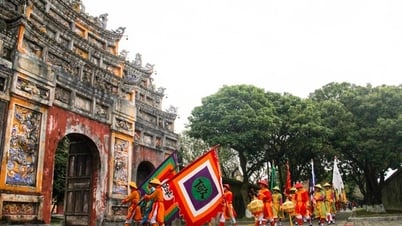

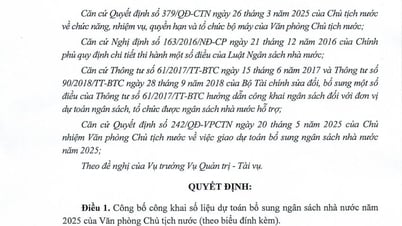

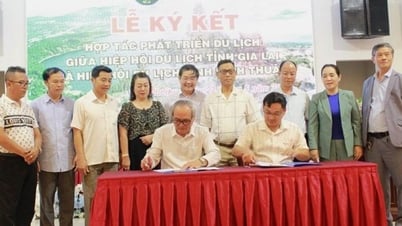
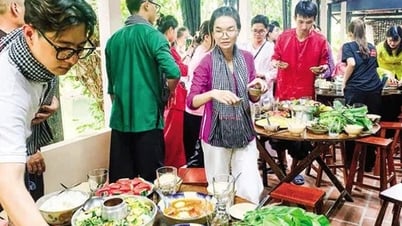
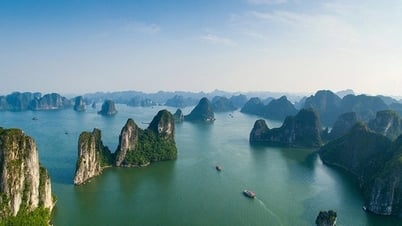
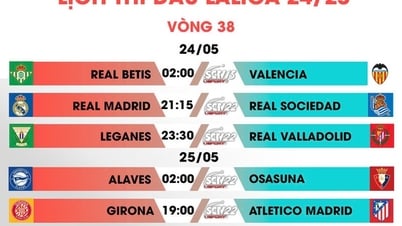
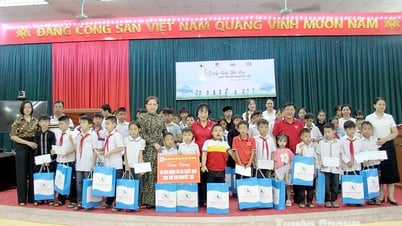

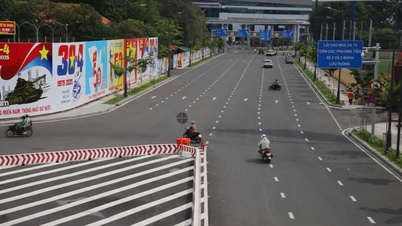










![[Podcast] Week introducing more than 500 OCOP products in Hanoi](https://vphoto.vietnam.vn/thumb/402x226/vietnam/resource/IMAGE/2025/5/22/d144aac2416744718388dbae3260e7fd)


Comment (0)